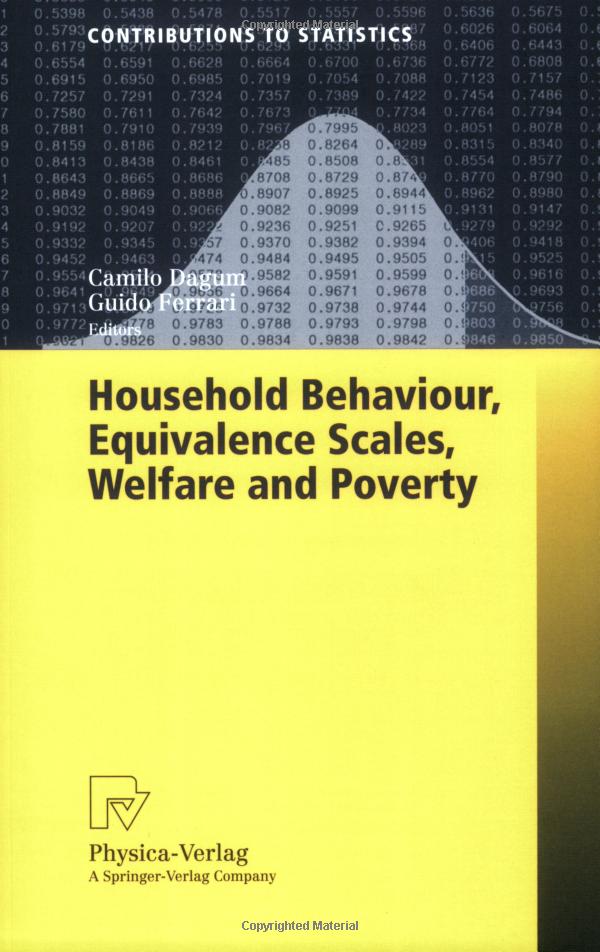How to Calculate Loan to Value: A Comprehensive Guide for Homebuyers
#### IntroductionWhen it comes to securing a mortgage, understanding the concept of **how to calculate loan to value** is crucial. The Loan to Value (LTV) r……
#### Introduction
When it comes to securing a mortgage, understanding the concept of **how to calculate loan to value** is crucial. The Loan to Value (LTV) ratio is a key metric that lenders use to assess the risk of a loan. It compares the amount of the mortgage to the appraised value of the property. A lower LTV ratio typically indicates less risk for lenders, which can lead to better loan terms for borrowers. In this guide, we will delve into the intricacies of calculating LTV, its significance in the home buying process, and tips for managing your LTV ratio effectively.
#### What is Loan to Value?
The **loan to value** ratio is a financial term used by lenders to express the ratio of a loan to the value of an asset purchased. In the context of real estate, it is calculated by dividing the amount of the mortgage by the appraised value of the property. For example, if you are buying a home worth $300,000 and you are borrowing $240,000, your LTV ratio would be 80% ($240,000 / $300,000).
#### How to Calculate Loan to Value
To effectively **calculate loan to value**, follow these simple steps:
1. **Determine the Loan Amount**: This is the total amount you plan to borrow from the lender.
2. **Find the Appraised Value**: This is the market value determined by a professional appraiser.
3. **Use the LTV Formula**: The formula to calculate LTV is:

\[
LTV = \frac{\text{Loan Amount}}{\text{Appraised Value}} \times 100
\]
For instance, if your loan amount is $200,000 and the appraised value of the home is $250,000, your calculation would be:
\[
LTV = \frac{200,000}{250,000} \times 100 = 80\%
\]

#### Importance of Loan to Value Ratio
Understanding your **loan to value** ratio is vital for several reasons:
- **Lender Risk Assessment**: A lower LTV ratio indicates that the borrower has a significant stake in the property, which may lead to more favorable loan terms.
- **Mortgage Insurance Requirements**: Many lenders require private mortgage insurance (PMI) for loans with an LTV ratio above 80%. This can add to your monthly payments.
- **Interest Rates**: Generally, a lower LTV can result in lower interest rates, saving you money over the life of the loan.
#### Tips for Managing Your Loan to Value Ratio
1. **Increase Your Down Payment**: The more you put down initially, the lower your LTV ratio will be.

2. **Improve Property Value**: Renovations or upgrades can increase the appraised value of your home, thus lowering your LTV ratio.
3. **Shop Around for Lenders**: Different lenders have varying requirements and may offer better terms based on your LTV.
#### Conclusion
In summary, understanding **how to calculate loan to value** is essential for any prospective homebuyer. By calculating your LTV ratio accurately and managing it wisely, you can improve your chances of securing favorable loan terms and potentially save thousands over the life of your mortgage. Always consult with a financial advisor or mortgage professional to ensure you are making informed decisions regarding your home financing.